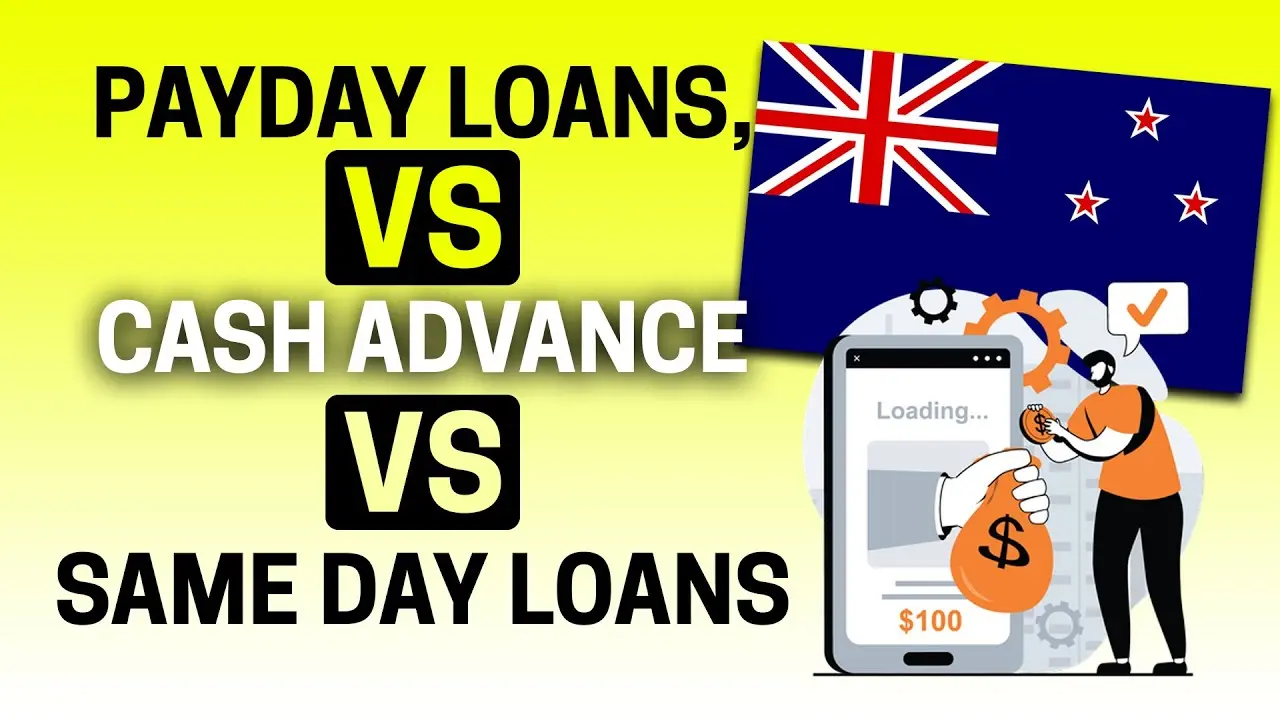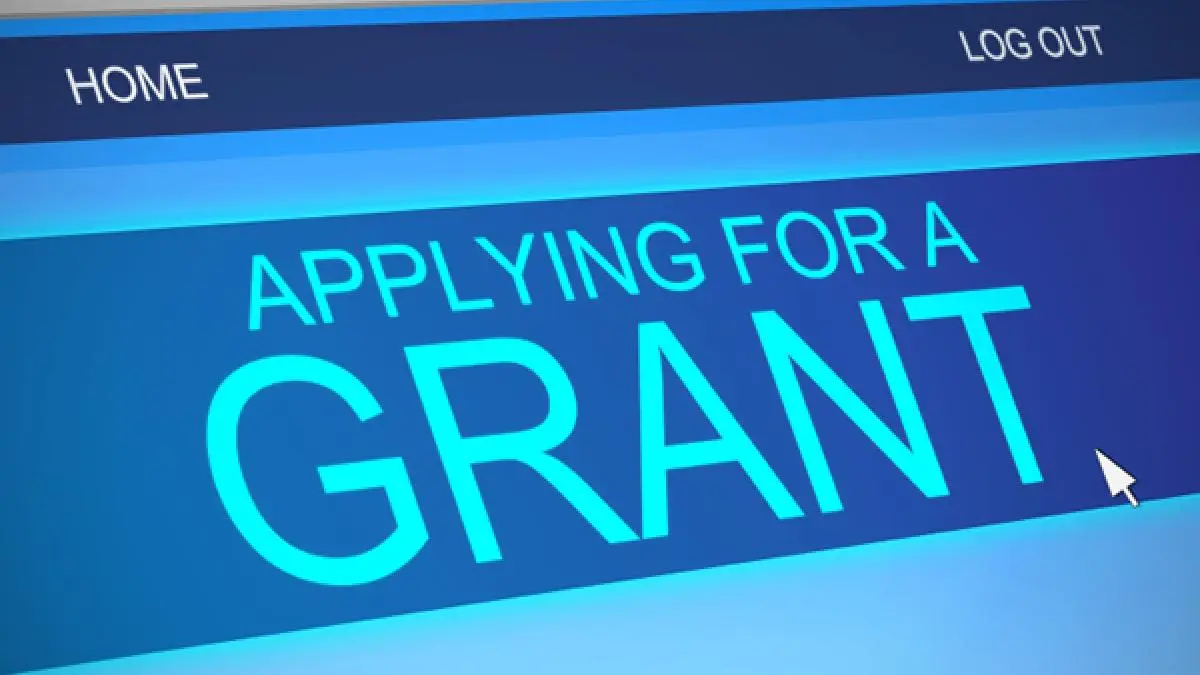
What is a Cash Advance?
A cash advance is a short-term loan typically provided by your credit card issuer. It allows you to borrow cash against your credit card limit.
Key Features:
- Source: Issued by credit card companies.
- Amount: Usually limited to a percentage of your credit limit.
- Interest Rates: Higher than regular credit card purchases, often starting around 25% APR.
- Fees: Typically include a cash advance fee, which can be around 3% to 5% of the amount borrowed.
- Repayment Terms: Interest begins accruing immediately with no grace period.
Pros:
- Convenience: Easily accessible through ATMs or bank branches.
- Speed: Instant access to cash.
Cons:
- High Costs: High interest rates and fees can add up quickly.
- Impact on Credit: Increases your credit card balance, which can affect your credit utilization ratio and score.
What is a Payday Loan?
A payday loan is a short-term, high-interest loan designed to bridge the gap until your next paycheck. It’s typically offered by payday lenders and requires repayment by your next payday.
Key Features:
- Source: Specialized payday lenders, both online and in physical locations.
- Amount: Small amounts, usually ranging from $100 to $1,500.
- Interest Rates: Extremely high, often equating to APRs of 300% or more.
- Fees: High fees that are typically a percentage of the borrowed amount.
- Repayment Terms: Full repayment required by your next payday, usually within two weeks to a month.
Pros:
- Quick Approval: Minimal credit checks and fast access to cash.
- Accessibility: Available to those with poor credit.
Cons:
- High Costs: Exorbitant interest rates and fees.
- Debt Cycle: Short repayment terms can lead to repeated borrowing and a cycle of debt.
Key Differences Between Cash Advances and Payday Loans
Source and Availability:
- Cash Advances: Provided by credit card issuers.
- Payday Loans: Offered by specialized payday lenders.
Interest Rates and Fees:
- Cash Advances: Lower interest rates compared to payday loans but still higher than standard credit card rates. Fees are typically a percentage of the amount borrowed.
- Payday Loans: Significantly higher interest rates and fees, often resulting in APRs of 300% or more.
Repayment Terms:
- Cash Advances: Flexible repayment terms, but interest accrues immediately.
- Payday Loans: Full repayment is required by the next payday, leading to a shorter repayment period.
Impact on Credit:
- Cash Advances: Affects your credit utilization ratio, potentially impacting your credit score.
- Payday Loans: Usually not reported to credit bureaus unless you default, but can lead to repeated borrowing and debt.
How to Choose Between a Cash Advance and a Payday Loan
Consider Your Financial Situation:
- Cash Flow: If you have a steady income and can repay the loan quickly, a cash advance might be less costly over time.
- Credit Availability: If you have available credit on your credit card, a cash advance might be more accessible.
Evaluate Costs:
- Interest Rates: Compare the APRs of both options. Cash advances generally have lower rates than payday loans.
- Fees: Consider the total cost, including any upfront fees and ongoing interest.
Repayment Terms:
- Flexibility: If you need more flexible repayment terms, a cash advance might be better. Payday loans require lump-sum repayment, which can be challenging.
Urgency and Amount Needed:
- Speed: Both options offer quick access to cash, but payday loans are often faster to process and don’t rely on existing credit limits.
- Loan Amount: Consider how much you need. Payday loans are usually for smaller amounts, while cash advances depend on your credit limit.
Long-term Impact:
- Debt Cycle: Avoid payday loans if you’re concerned about getting trapped in a cycle of debt. The short repayment period and high costs can lead to repeated borrowing.
- Credit Score: If maintaining or improving your credit score is important, be mindful of how a cash advance could affect your credit utilization ratio.
Conclusion
Choosing between a cash advance and a payday loan depends on your specific financial needs and situation. Cash advances are generally more cost-effective and offer flexible repayment, but they require available credit. Payday loans, while accessible and fast, come with high costs and short repayment terms, which can lead to a cycle of debt. Carefully consider the costs, repayment terms, and long-term impacts of each option to make the best decision for your financial health.









